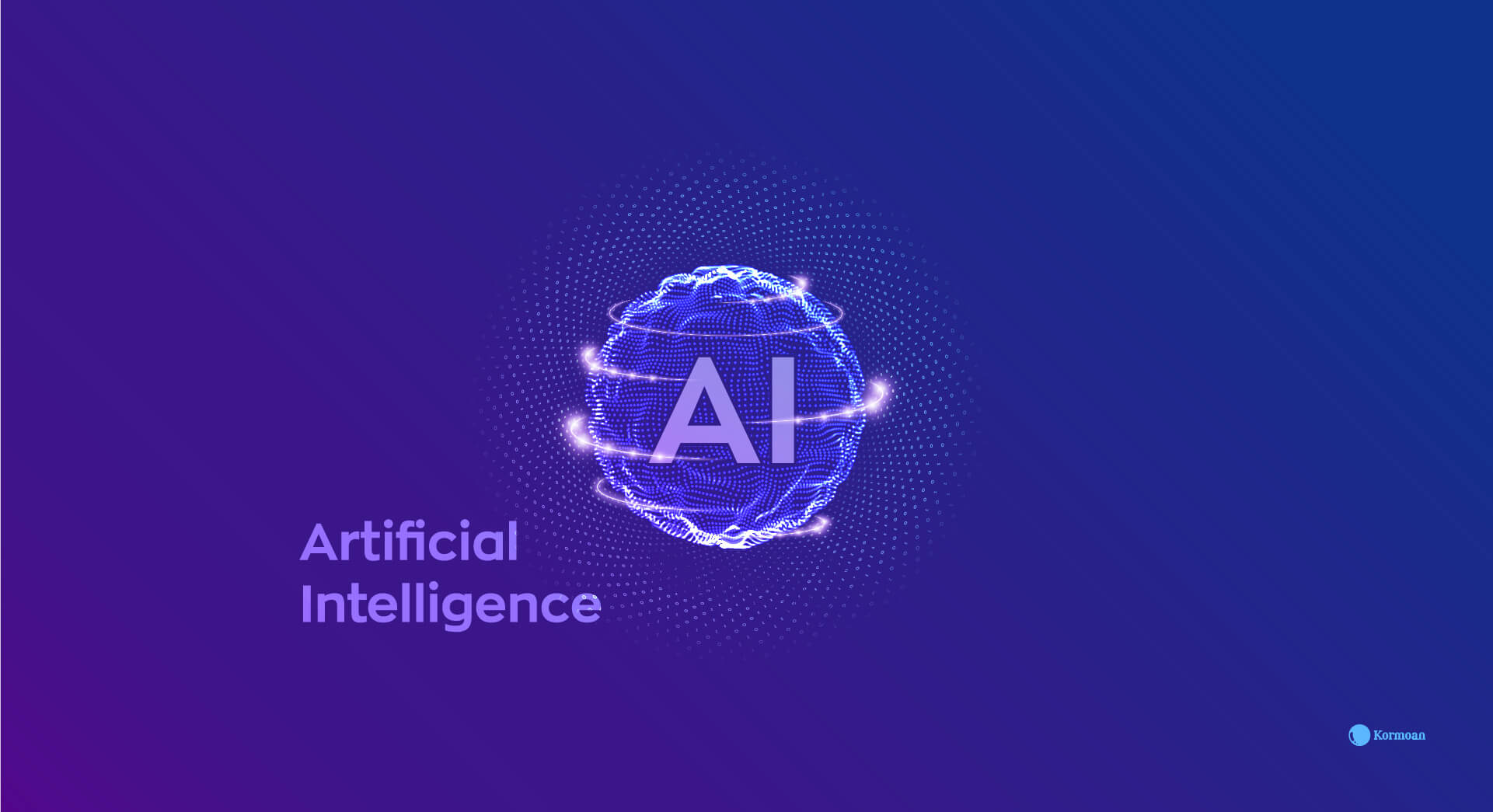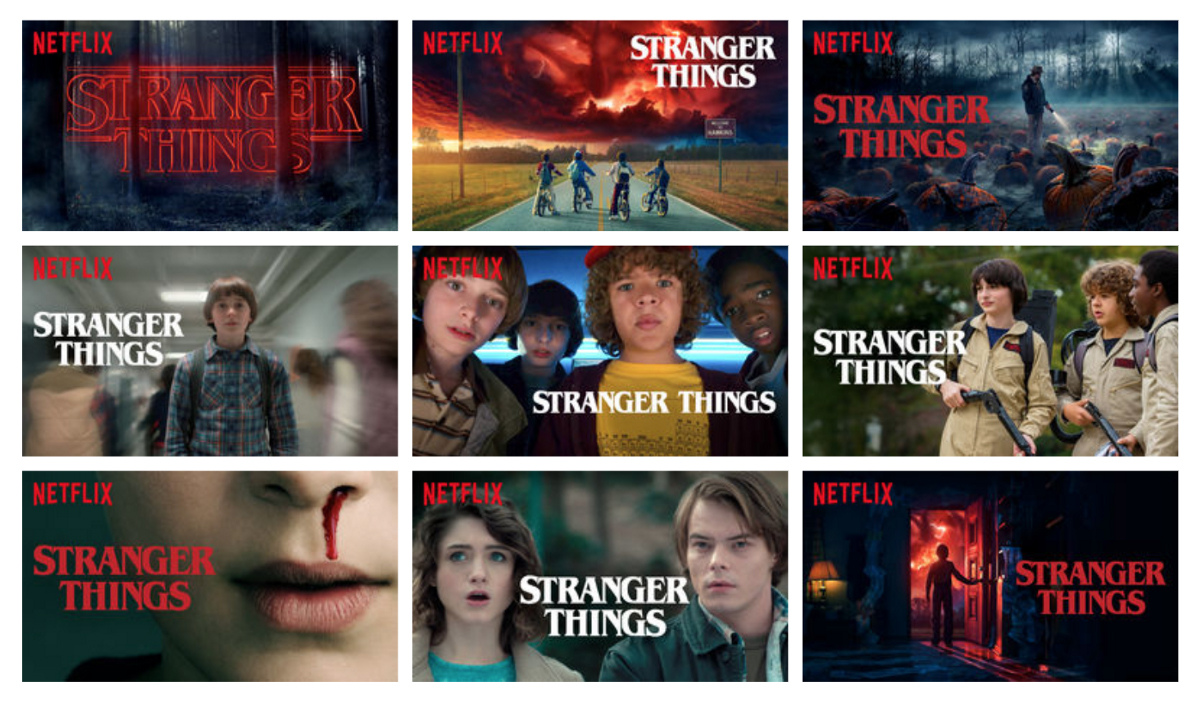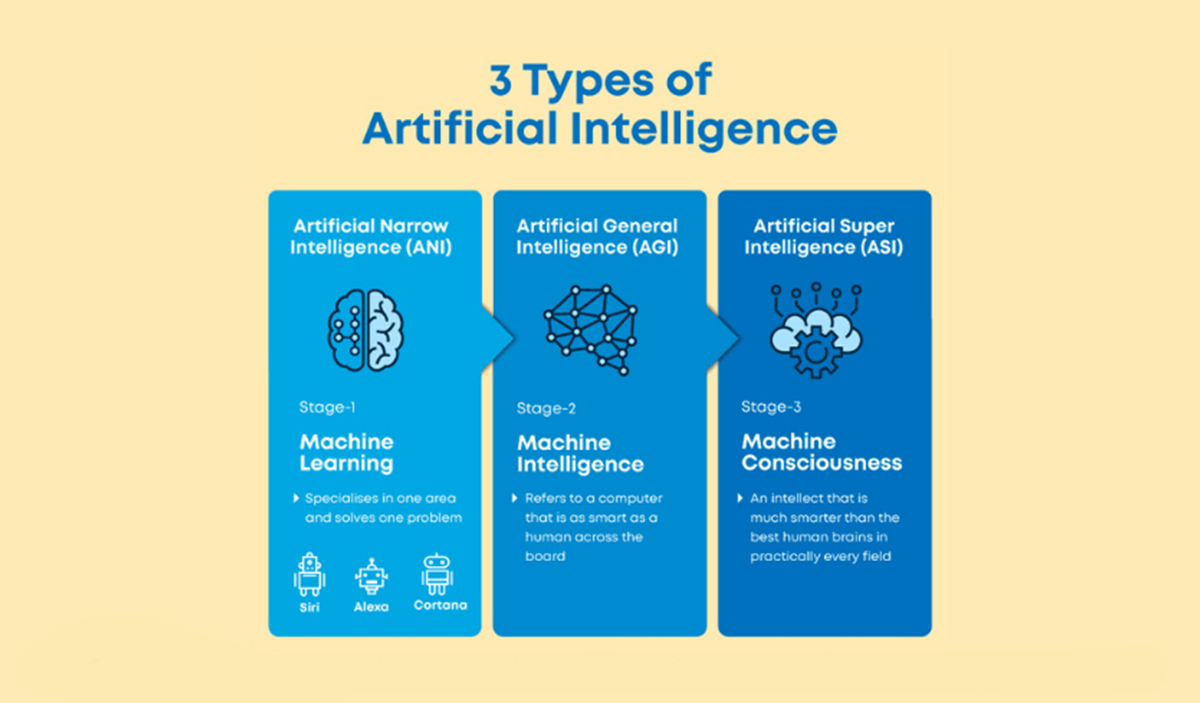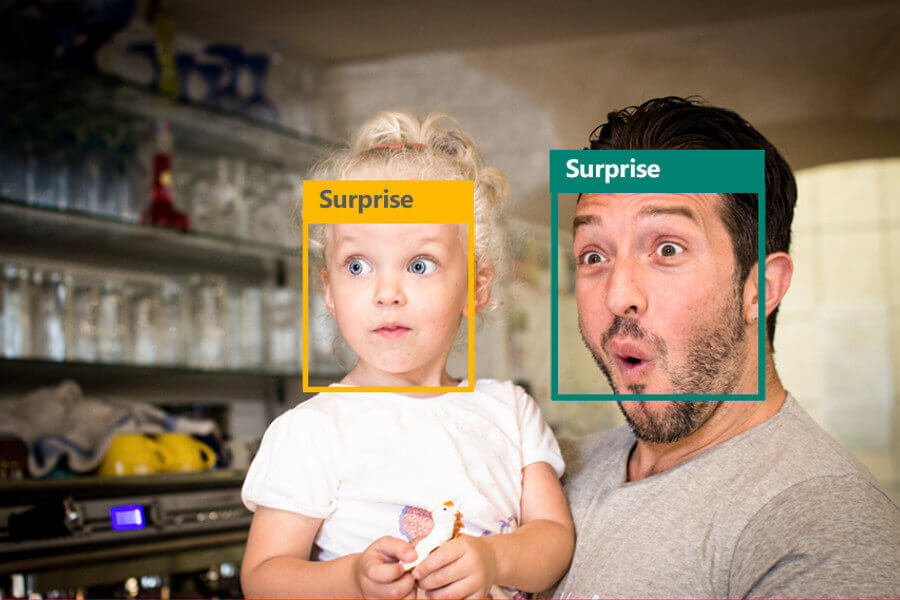
Presence of Artificial Intelligence (AI) is becoming more and more ubiquitous as large companies like Netflix, Amazon, Spotify, etc. are continually deploying Artificial Intelligence related solutions that interact with users every day.
When properly applied to business problems, this Artificial Intelligence related solutions can provide unique solutions which create a significant impact for businesses and users.
Artificial Intelligence, the name itself explains it’s definition. Natural Intelligence is intelligence displayed by humans and animals. Artificial Intelligence is intelligence displayed by machines, which is not natural.
Technical Definition of Artificial Intelligence,
“Artificial Intelligence refers to the simulation of human intelligence in machines that are programmed to think like humans and mimic their actions. The term may also be applied to any machine that exhibits traits associated with a human mind such as learning and problem-solving.”
Many use Artificial Intelligence and Machine Learning(ML) interchangeably. This isn’t true. Machine Learning is a subset of Artificial Intelligence.

AI vs ML vs DL
As you can know from the image, Machine Learning (ML) is a subset of AI and Deep Learning (DL) is a subset of Machine Learning.
Machine Learning
The name itself explains its definition, Machine Learning (Machine Learns). Machine Learning is the art of the study of algorithms that learn from examples and experiences.
Technical Definition of Machine Learning,
“Algorithms that parse data, learn from that data, and then apply what they’ve learned to make informed decisions.”
Machine Learning algorithms are programmed to constantly be learning in a way that simulates as a virtual personal assistant. Machine Learning is based on the idea that there exists some patterns in the data that were identified and used for future predictions. Machine Learning involves a lot of complex math and coding.
Machine Learning is like, if you had a flashlight that turned on whenever you say “it’s dark”, it would recognize and turn on the flashlight. With continuous learning, it might turn on with any phrase containing the word “dark”.
The most popular real-world example of Machine Learning is Netflix. Netflix uses Machine Learning to the fullest.
Machine Learning gives the platform the ability to automate millions of decisions based on user activities. Netflix recommends the same genre movies based on your activity using Machine Learning. This suggestion is the Netflix recommendation engine at work, it uses your past activity and returns movies.
Netflix recommendations in action

Netflix recommendations in action
Netflix doesn’t use recommendation methods, because recommendation engines don’t allow for Personalization. Netflix uses the Personalized method where movies are suggested to the user who is most likely to enjoy them based on metrics like major actors or genre. Netflix uses Machine Learning to implement this Personalized method.
Machine Learning can create “smart” platforms because it uses probability to discover the likelihood of a user liking a product.
Netflix providing different preview images based on your activit
ML algorithms provide you with everything you want. Netflix also previews images you’re seeing on your feed. If you previously liked romance movies, your feed will have preview images of scenes with actors embracing each other.
Netflix uses watching history of other users with similar tastes to recommend what you may be interested in watching next so that you get engaged and continue your monthly subscription.

Deep Learning
Deep Learning is a subset of Machine Learning. Deep Learning doesn’t mean the machine learns in-depth, it means that the machine uses different layers to learn from the data.
The depth of the model is represented by the number of layers in the model. For instance, the Google LeNet model for image recognition counts 22 layers.
In Deep Learning, the learning phase is done through an “Artificial Neural Network”. The Neural network is an architecture where the layers are stacked on top of each other. The design of the Neural Network is inspired by the biological neural network of the human brain.
The most popular real-world example of Deep Learning is AlphaGo.
AlphaGo has its neural network, it has sharp intellect and intuition. AlphaGo created quite a stir when it defeated multiple world-renowned “masters” of the game. The machine could grasp complex techniques and abstract aspects of the game.

AlphaGo beats Go master Lee Se-dol
Another example of Deep Learning that we use daily is a Mobile Camera. In every smartphone, the camera can predict a person’s age, gender. And also few smartphone cameras can react to a voice like cheese, facial expressions like when you smile, and body language like when you place your palm in front of the camera. Face Recognition locks are also an example of Deep Learning. These are all developed using Convolutional Neural Network, a class of Deep Neural Networks.

Deep Learning Face Recognition
Artificial Intelligence vs Machine Learning
Most of our smartphones, daily devices, and even the internet uses Artificial Intelligence. Artificial Intelligence is the science of training machines to perform human tasks. It is a computer that is given human-like properties.
Machine Learning is a distinct subset of Artificial Intelligence that trains a machine on how to learn. Machine Learning models look for patterns in data and try to conclude. In a nutshell, the machine doesn’t need to be explicitly programmed by people. The programmer gives some examples and the machine is going to learn what to do from those samples.
Machine Learning vs Deep Learning
Deep Learning is a subset of Machine Learning. Machine Learning and Deep Learning functions similarly, but their capabilities are different.
Machine Learning models progressively become better and better at whatever their function is, still they need some guidance. If an ML algorithm returns an inaccurate prediction, then an engineer has to step in and make adjustments.
With a Deep Learning model, the algorithm can determine on its own if a prediction is accurate or not through its neural network.
Let’s go back to the flashlight example described in Machine Learning. If the flashlight is programmed using Deep Learning algorithms, then it should turn on with words like “I can’t see” etc. Deep Learning models can learn through its method of computing – a technique that makes it seem like it has its brain.
Types of Artificial Intelligence
-
Reactive AI Machine
This is the oldest form of AI. This type of AI has limited capacity. These machines do not have memory-based functionality i.e these machines cannot “learn”.
A popular example of a Reactive AI machine is IBM’s Deep Blue.
-
Limited Memory AI Machine
These machines are capable of learning from historical data to make decisions. Nearly, all existing AI applications we know today come under this category.
All present-day AI systems, those using Deep Learning are trained by a large volume of training data that they store in their memory to form a reference model for solving future problems.
Chatbots, Virtual Assistants, Self-Driving Vehicles are all driven by Limited Memory AI.
-
Theory of Mind
This is the next-level AI system that researchers are currently engaged in innovating.
The Theory of Mind level AI will better understand the entities it is interacting with by recognizing their needs, beliefs, emotions, and thought processes.
-
Self-Aware
This type of AI currently exists only hypothetically. Self-Aware (which is self-explanatory) is an AI that is similar to the human brain, which develops self-awareness.
This type of AI will not be able to understand and evoke emotions in those it interacts with, but it has emotions, beliefs, needs, and desires of its own.
This is the type of AI that the doomsayers of the technology are cautious of. The development of Self-aware can boost our progress rapidly, but it can also lead to a catastrophe. The AI would also be capable of having ideas like self-preservation which may directly or indirectly be an end for humanity.
The alternate system of classification that is generally used in the technology are,
Artificial Narrow Intelligence (ANI), Artificial General Intelligence (AGI), and Artificial Super Intelligence (ASI).

Types of AI
-
Artificial Narrow Intelligence (ANI)
This type of AI represents all the existing AI including even the most complicated and capable AI that has been created to date.
This refers to AI systems that can only perform a specific task autonomously using human-like capabilities. These machines do nothing more than what they are programmed to do, thus have a very limited or narrow range of capabilities.
These systems correspond to all the Reactive and Limited Memory AI. Most of the complex AI that uses ML and DL that teaches itself falls under this category.
-
Artificial General Intelligence (AGI)
AGI can learn, perceive, understand, and function completely as a human being.
These systems will be able to independently build multiple competencies and form connections and generalizations across domains, massively cutting down on the time needed for training.
This AI will make AI systems just as capable as humans by replicating our multi-functional capabilities.
These systems correspond to the Theory of Mind AI.
-
Artificial Super Intelligence (ASI)
The development of ASI will be the pinnacle of AI research.
AGI will become the most capable form of Intelligence on earth. ASI, additionally, will be exceedingly better at everything they do because of greater memory, faster data processing and analysis, and decision-making capabilities.
While having such powerful machines is appealing, these machines may also threaten our existence or at least our way of life.
These systems correspond to the Self-aware AI.
Powerful examples of AI in use today
OpenAI has come up with a breakthrough language generator GPT-3 (Generative Pre-trained Transformer), which is a successor of GPT-2.
GPT-3 is the most significant language model ever.
Different features of GPT-3 are,
- GPT-3 can imitate the writing styles of particular writers.
- GPT-3 can also provide any text including guitar tabs or PC code.
- This AI cannot generate short stories, songs, press releases, technical manuals.
Like every other system, there are disadvantages too.
- A lot of fine-tuning is required to remove the hateful sexist and racist language used at times by GPT-3.
- It’s an engineering marvel and not a smart AI, hence some of its text lacks common sense.
Some of the use cases of GPT-3 in action can be seen here.
GPT-3 is great at combining text that it has found somewhere else on the web making it a sort of huge varied scrapbook made from a vast number of bits of text that it points together in unusual and impressive manners on request.
You can use GPT-3 by submitting a request at debuild.co.
A most successful use case of GPT-3 here.
There’s one more powerful example of AI used today i.e Microsoft’s Sketch2Code AI, using which you can convert handwriting drawings (wireframes) to working HTML prototypes.
Future of AI
Today, approximately 52% of users around the world use AI-powered technologies. Even the most sophisticated AI technologies lack factors like Emotional Intelligence and the ability to contextualize information like human beings. This is the reason why AI has not succeeded in taking over a major aspect of our careers and lives.
Therefore, infusing emotions into AI is the next milestone technologists wish to accomplish.
What is Artificial Emotional Intelligence?
Artificial Emotional Intelligence is a combination of Emotional Intelligence (EI) and AI. It can recognize the emotions of oneself and others and guide using our thought processes and behavior.
Although AI is a technology created to assist humans and help them, it still lacks a cognitive quotient.

Artificial Emotional Intelligence
-
- Integration of EI with Ai is highly beneficial for improving the sales and customer service departments of companies.
- Chatbots and mobile apps can effectively recognize and respond to the emotional responses of people thus improving customer experience.
- This will also be used to improve productivity in the work environment, assist doctors and nurses, and personalize the learning experience of students.
How the integration of EI with AI is beneficial?
In several aspects of our lives, AI has made our lives simpler. Machines and robots are already used in the manufacturing and production departments of various companies. Also, AI is changing the game in various fields like aviation, education, marketing, finance, heavy industries, medicine, media, and customer service.
Infusing EI with AI is a more complex process.
Artificial Emotional Intelligence is projected to grow into a multi-billion dollar industry, completely transforming industries, market research, innovation, Research & Development, and many more.
Pros and Cons of AI
Pros
- Reduction in human error
- Takes risk instead of humans
- Available 24*7
- Helps in repetitive jobs
- Digital assistance
- Faster decisions
- Better Customer Support
- Personalization and Customization
Cons
- High costs of creation
- Makes human lazy
- No emotions
- Lacks out of box thinking
- Bad judgment calls
- Lack of Personal Connection
- Unemployment
AI in any field leads to unemployment. The aim of AI in any field shouldn’t be to replace humans but should make their jobs easier.
Kormoan’s Sistem application uses a data-centric algorithm to sort better leads and opportunities and predict upcoming sales. Using AI, we provide a personalized shopping experience in Sistem’s eCommerce site like giant eCommerce sites such as Amazon, which enables us to improve customer retention & sales. With love on AI & ML, and AI & ML providing many benefits has led us to do many explorations which have impacted our business in a positive way.




